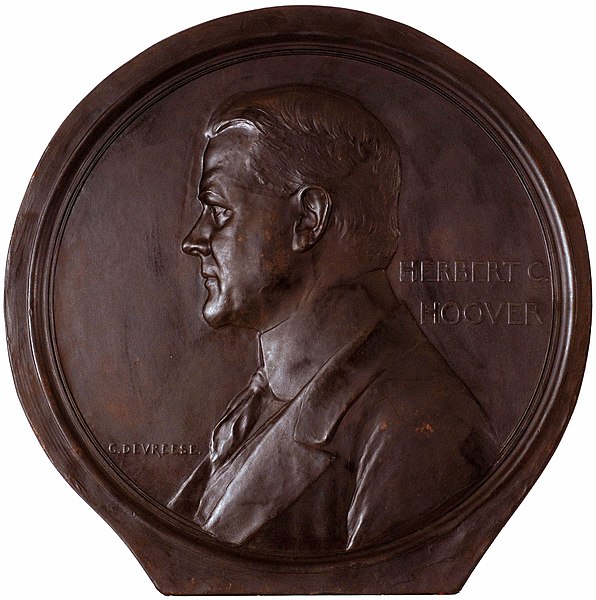Pisanello, born Antonio di Puccio Pisano or Antonio di Puccio da Cereto, also erroneously called Vittore Pisano by Giorgio Vasari, was one of the most distinguished painters of the early Italian Renaissance and Quattrocento. He was acclaimed by poets such as Guarino da Verona and praised by humanists of his time, who compared him to such illustrious names as Cimabue, Phidias and Praxiteles.
A medal showing the profile of Pisanello (1443), attributed to Antonio Marescotti
Duck in watercolor
St. George and the Princess (detail with horse).
Portrait of Ludovico III Gonzaga, Margrave of Mantua. Electrotype of the medal by Antonio Pisano (obverse).
A medal or medallion is a small portable artistic object, a thin disc, normally of metal, carrying a design, usually on both sides. They typically have a commemorative purpose of some kind, and many are presented as awards. They may be intended to be worn, suspended from clothing or jewellery in some way, although this has not always been the case. They may be struck like a coin by dies or die-cast in a mould.
Obverse of medal distributed by Cecilia Gonzaga's family to political allies, a common practice in Renaissance Europe. Designed by Pisanello in 1448.
Reverse of the same medal, this copy with a suspension hole added later (inside a crescent moon in the design).
Medal depicting Herbert C. Hoover by Devreese Godefroi
Various prize medals with obverse designs, suspension rings and ribbons typical of medals intended to be draped over the head and hung from the neck








